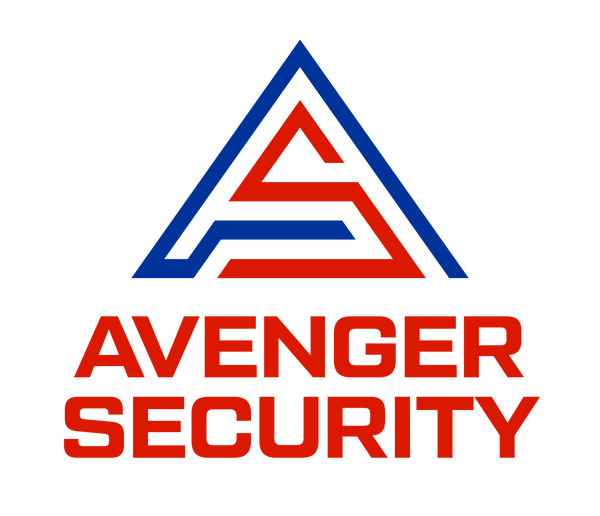Fire Alarm Monitoring Service
Avenger Security provides full service to commercial fire alarm systems in Texas. Commercial fire alarm monitoring service starts at $50.00 monthly. Commercial fire alarm service included certificate rated UL listed Central Station with dispatch thru your local Fire Department. Avenger Security protects property from fire loss. Professional fire protection systems and monitoring service by Avenger Security.
Avenger Security helps buildings meet required local fire alarm system code. Commercial fire alarm monitoring service includes all TAGS required by local Fire Marshall. Service will also also include basic battery replacement, annual testing of devices and onsite visits to support fire system function. Avenger Security can reprogram fire alarm systems from other providers at no cost.

Security alarm Monitoring
Avenger Security reprograms old non-working security alarm systems with other service providers at no cost. Basic equipment sold at cost. No upfront cost for standard installation. No charge for site visit or quotes. Avenger Security does not have a long term agreement for security alarm monitoring services.

Commercial Fire Alarm
Avenger Security will provide a free dual path supervised fire communication device with services offered. Avenger Security can monitor and TAG commercial fire alarm systems to meet code. Avenger Security provides commercial fire alarm systems with monitoring services in Texas.

Access Control Service
Lock and unlock your entire facility based on schedule or business hours. Make sure areas of your facility are only accessed by people with proper credentials in a simple to use cloud based access control application programming interface. Track and account for employees and visitors as they enter your facility thru doors and gates all hours of the day.

Security Camera Service
Viewing your cloud video surveillance security camera system thru application and or URL is simple and much more efficient than a NVR or DVR. Avenger Security has made next generation cloud video surveillance security camera service most reasonable, affordable and professional.




